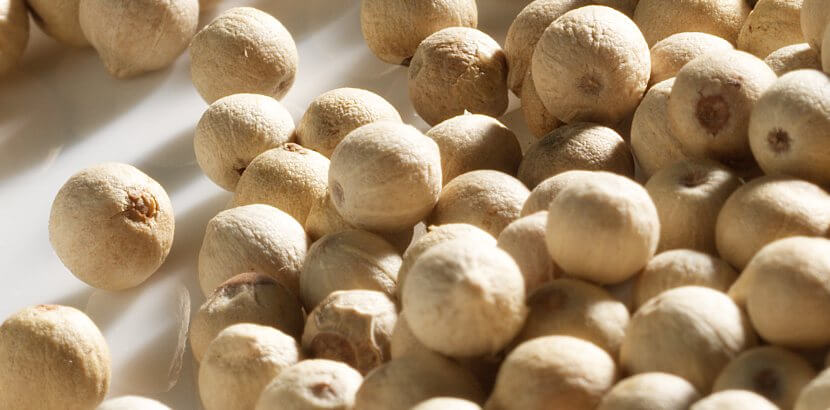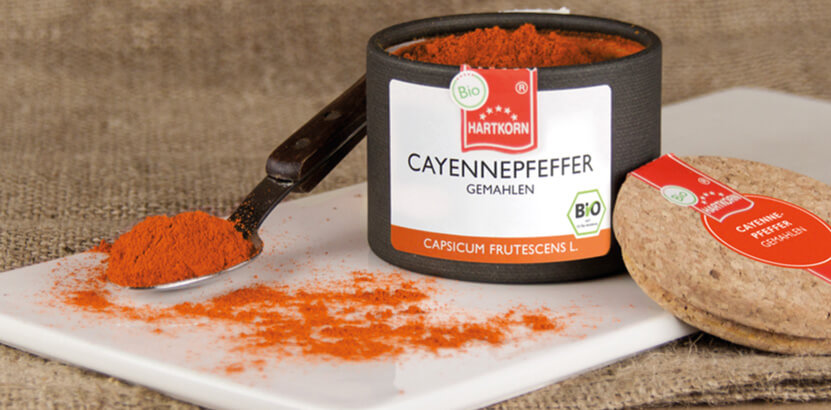With Columbus, however, Spain had also sent a researcher on a trip to India. However, this sailed to the west and thus reached America instead of India in 1492. In addition to gold, there were also numerous spices such as allspice, cocoa, vanilla and bell pepper. Of course, he did not find the typical Indian spices. His ship doctor Diego Chanca also brought the hot chili pepper to Europe with the newly discovered spices.
India was finally reached by the Portuguese Vasco da Gama in 1498 by sea around Africa. In 1509 the Portuguese also arrived in Sumatra, then in Jawa and the Moluccas and in 1542 even in Japan. The legendary spice islands had been reached with the Moluccas in what is now Indonesia, and Portugal came into conflict with its up-and-coming competitor Spain.
Like the Portuguese, they had set their sights on trade. In Spain, however, the country’s supply of hundreds of tons of precious metals played an even greater role, so that a rich upper class quickly formed in both countries.
Countries such as the Netherlands and England, which carried their flags across the oceans on particularly fast and agile ships, brought a good deal of wind into the spice trade, thus displacing the cumbersome Iberian competition within a hundred years and at the same time building up a lively world trade that turned spices from luxury items to luxury items affordable commodities. The spice trade was privileged and left to large commercial companies, such as the Dutch East India Company, the Dutch West India Company, the British East India Company or the Danish West India Company.
The French meanwhile cultivated their own spices on their estates and planted expensive spices themselves, such as vanilla on the island of Bourbon (Bourbon vanilla), which is now called Réunion.







